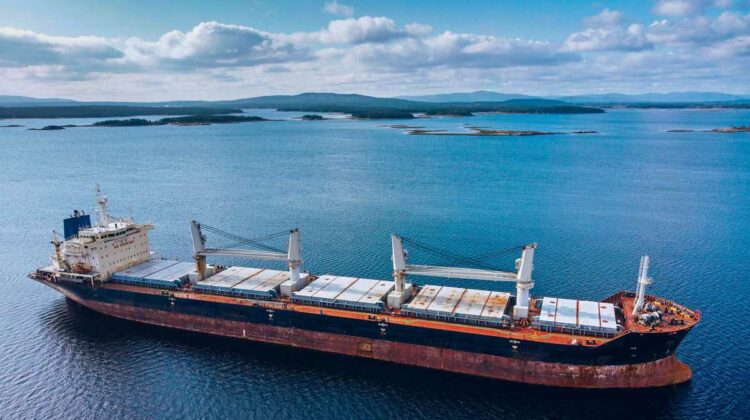
Drewry Dry Bulk Equity Index down 3.9% last month
LONDON : In March, the Drewry Dry Bulk Equity Index declined 3.9% and underperformed the S&P 500, which rose 2.3% during the same time. However, the trend reversed in April and the index jumped 10.4% (as of 18 April) and outperformed the S&P 500 which declined 4.4%. This uptick was primarily driven by the completion of the merger between Star Bulk and Eagle Bulk. The merger resulted in a significant increase in Star Bulk’s market capitalization, which led to a rise in the overall index.
• Despite a robust demand for coal at the beginning of summer, charter rates dipped at the start of April. This decline stemmed from a reduction in tonne-mile demand caused by the collapse of the Baltimore Bridge and the resulting closure of the Port of Baltimore.
• However, charter rates have risen in the past week (week starting 15 April) due to heightened tensions in the Middle East surrounding the Israeli-Iranian conflict. While volumes of goods shipped by these countries will not impact the dry bulk trade, a potential closure of the Strait of Hormuz could lead to a rise in oil prices. As a result, it could indirectly impact dry bulk shipping by influencing the demand for goods transported across the globe. During the same week, stock price of our coverage universe has remained flat except for Pacific Basin which went up 8.3% due to announcement of USD 40mn share buyback.
Dry bulk shipping stocks exhibited a mixed performance in April (as of 18 April). The share price of Pacific Basin surged 7.0% on a resurgent Chinese economy and the announcement of a USD 40mn share buyback. Moreover, the stock price of Golden Ocean rose 0.6%, but those of Star Bulk and DS Norden slid 1.6% and 0.2%, respectively. Meanwhile, Diana Shipping remained muted.
• The Star Bulk and Eagle Bulk merger was approved in April. With Eagle Bulk merging with Star Bulk, the combined entity is now the second largest, in terms of the number of vessels and capacity based on dwt, just behind COSCO Shipping Bulk, from the current third position.
• We have started getting indications of 1Q24 results with Pacific Basin providing a trading update. Its average TCE rate for Handysize and Supramax was USD 11,050pd and USD 13,610pd respectively, marking an 18% YoY decline for Handysize with no change for Supramax. The company’s performance was adversely affected by its strategy to take short-term cover during 1Q24, typically a softer market period. The company has secured 84% and 96% coverage for Handysize and Supramax vessel days for 2Q24 at USD 12,290pd and USD 14,610pd respectively.
• Asset prices have been rising due to limited availability in shipyards and the low orderbook-to-fleet ratio. The price of a five-year-old Capesize and Panamax vessels rose 20.0% and 8.8%, respectively, in 2024.
